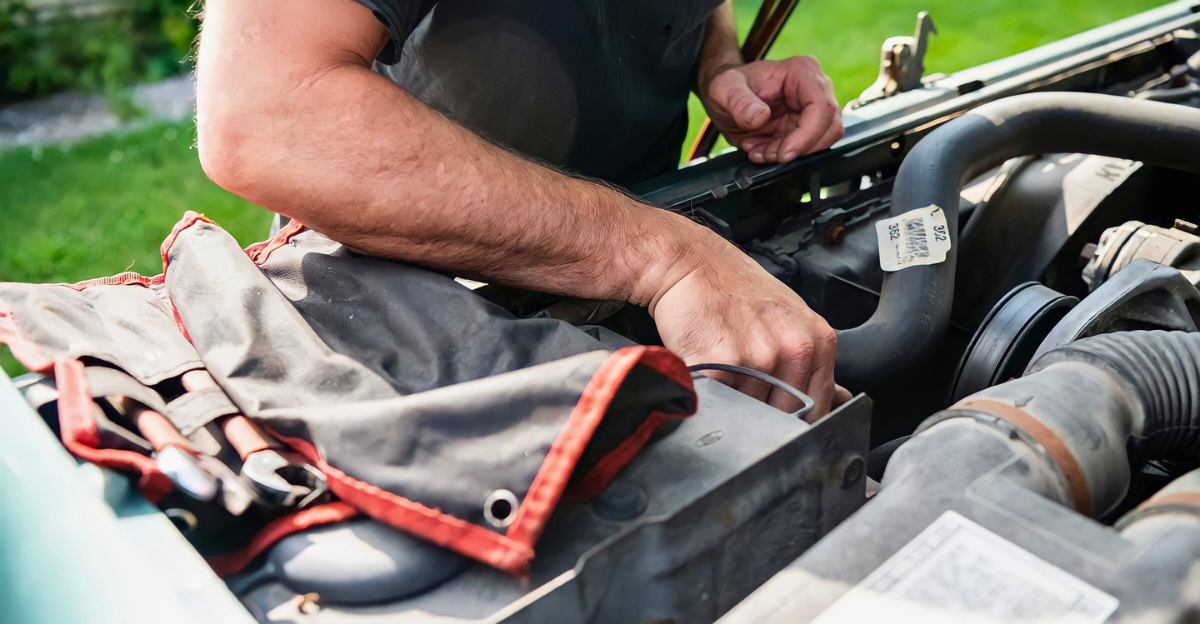
Car rules are changing significantly, with six essential car features about to be banned or heavily restricted starting in 2026.
These new laws are happening in countries worldwide and will impact millions of drivers.
Unlike slow changes in the past, these new laws are official and will quickly change what cars people can buy, customize, or use in the future.
1. One-Pedal Driving in Electric Vehicles
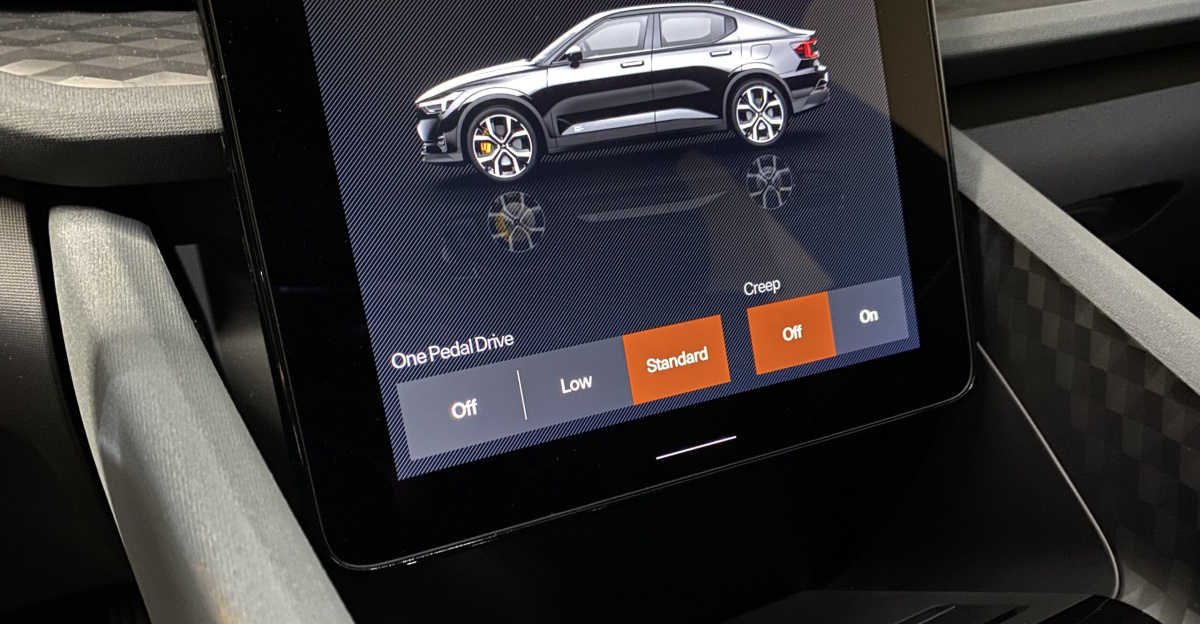
China has made a new rule that, starting in 2026, new electric cars cannot allow drivers to stop the vehicle just by letting go of the gas pedal. This method is called one-pedal driving.
Instead, drivers must use the brake pedal to bring the car to a complete stop.
This rule means all electric vehicles sold in China must change their software so you can’t stop with just the accelerator, and drivers will always need to press the brake to stop the car entirely.
Safety Concerns Drive the Decision

Chinese officials found that drivers who often use one-pedal driving get too used to not using the brake. This can slow their reaction time in emergencies because they might not hit the brake pedal as quickly as they should.
Because of this, China decided to ban one-pedal driving, mainly since big car brands like Tesla and BYD sell many electric cars there.
The rule is clear and will cover all new electric vehicles.
2. Drunk Driving Prevention Technology (Kill Switches)
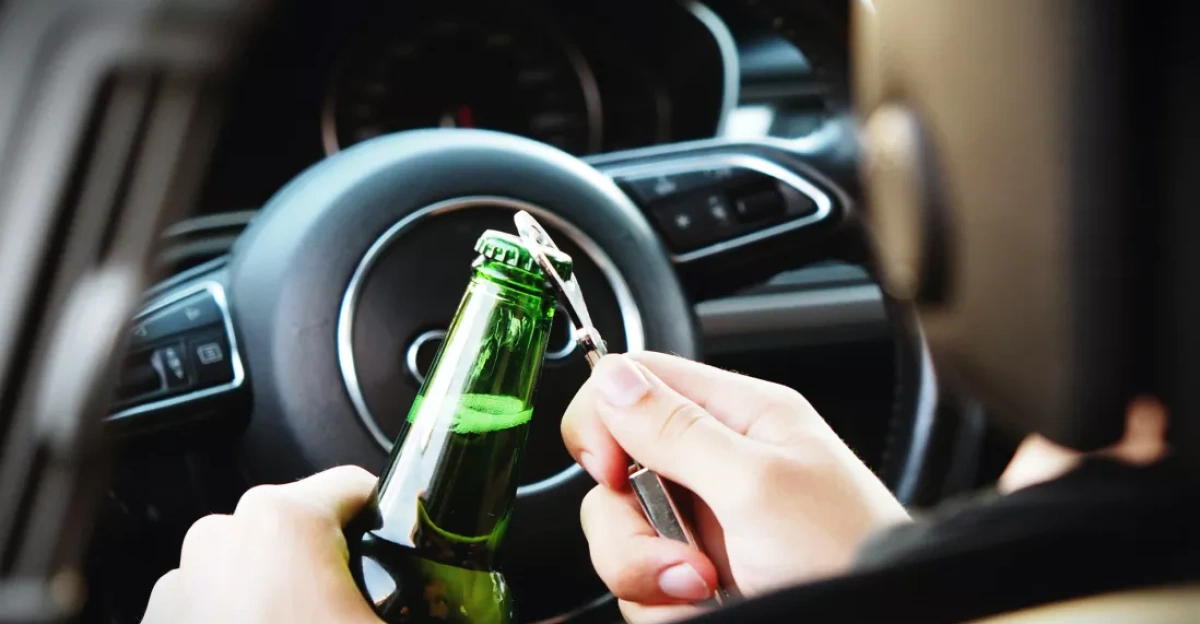
A new U.S. law says that starting in late 2026, all new cars must include technology that can sense if a driver is drunk or unable to drive safely.
The idea is that the vehicle will be able to check automatically and stop the car from being used if the driver is impaired.
Three main ways are being tested for this: a sensor that checks alcohol through your skin when you touch the wheel, a machine that “sniffs” the air inside the car for signs of alcohol, and cameras that watch the driver’s eyes for signs that they shouldn’t be driving.
However, the safety agency in charge (NHTSA) is late finishing the rules for how this will work.
Congressional Opposition and Technical Challenges

Representative Thomas Massie introduced a bill to cancel the rule requiring drunk driving prevention technology in new cars. Many lawmakers support this move.
People who don’t like the rule say these new systems are different from seatbelts, for example, if the latest technology makes a mistake, it might stop a perfectly safe person from driving their car.
Government safety officials (NHTSA) admitted in their report that getting this technology to work perfectly is still tough.
After thousands of public comments, they still haven’t decided exactly how the system should be built.
3. Aftermarket LED Headlight Modifications
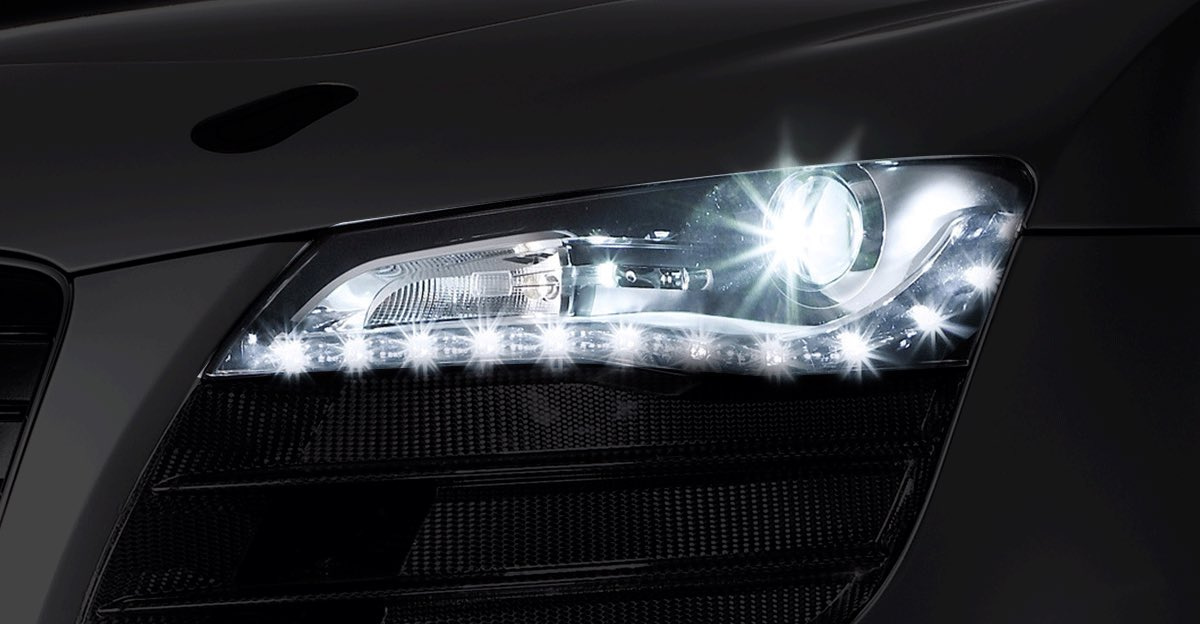
Massachusetts is checking cars more closely during yearly inspections to ensure their LED headlights are legal. If your car has LED headlight bulbs that aren’t officially certified as a complete set, your vehicle will fail the inspection.
This rule is based on federal safety standards, which say the entire headlight must be tested as one unit. If you fail, you could get fined anywhere from $5 to a few hundred dollars.
Since 2024, inspectors in Massachusetts have been specially trained to spot illegal LED headlight changes.
Federal Standards Create Compliance Gaps

Federal rules require entire headlight units to be tested and approved together, but the NHTSA said in February 2024 that it’s up to each state to decide if cars can use replacement LED bulbs.
Most LED bulbs sold for older, halogen headlights don’t meet the safety standards and can cause a lot of glare for other drivers.
Because of this problem, and as more people complain about “blinding” LED headlights, other states may start cracking down and banning these kinds of lights too.
4. Biometric Driver Monitoring Systems
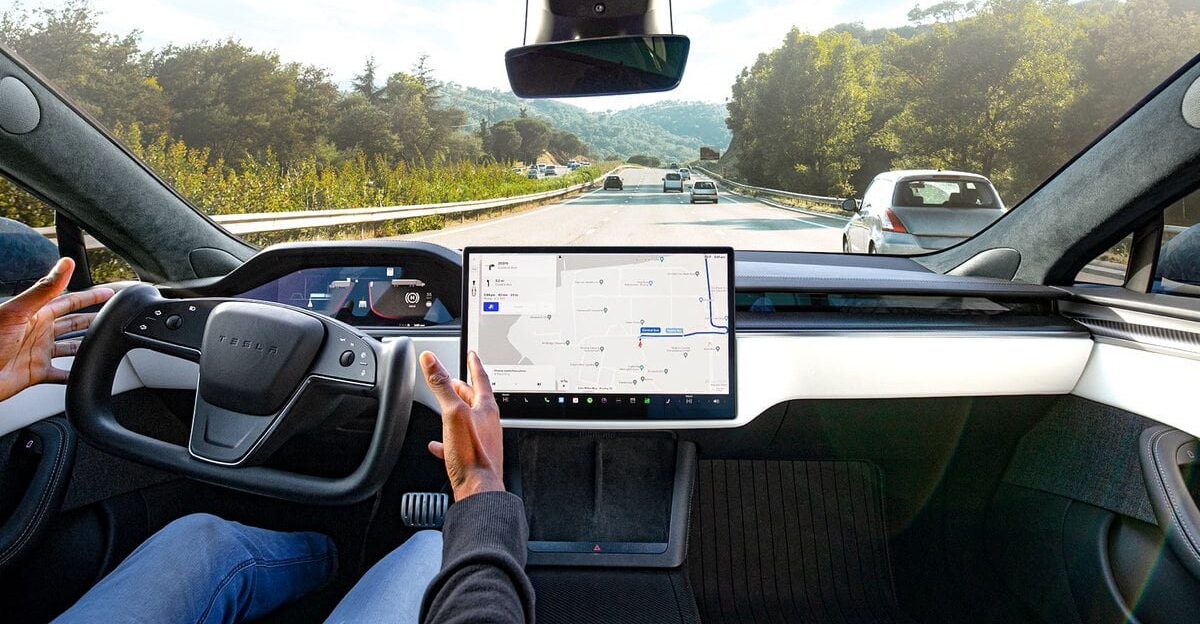
Some cars use special cameras or sensors to monitor the driver’s face or eyes, ensuring the driver is awake or paying attention. However, in several U.S. court cases, judges have said that if car companies collect this kind of face or eye data without first getting written permission from the driver, they are breaking state privacy laws.
In Illinois, the Biometric Information Privacy Act (BIPA) says companies can be fined $1,000 for each negligent violation or $5,000 for each reckless or intentional violation.
Tesla settled a lawsuit in Illinois because their cars’ interior cameras scanned faces without proper permission. Subaru also faces a hefty lawsuit for its DriverFocus system, which tracks drivers’ faces.
Regulatory Compliance Challenges

New rules say cars should have systems to watch the driver and make sure they’re awake or not drunk, but privacy laws have made this difficult.
If a system uses cameras to scan a driver’s face or eyes, courts in several states say the car company must first get written permission from the driver, because this counts as collecting private biometric data.
Because of these privacy requirements, car makers can’t just use facial scanning as easily as planned.
Companies must now find new ways to monitor drivers that don’t collect or store face or eye data, balancing safety and privacy concerns.
5. Touchscreen-Only Dashboard Interfaces
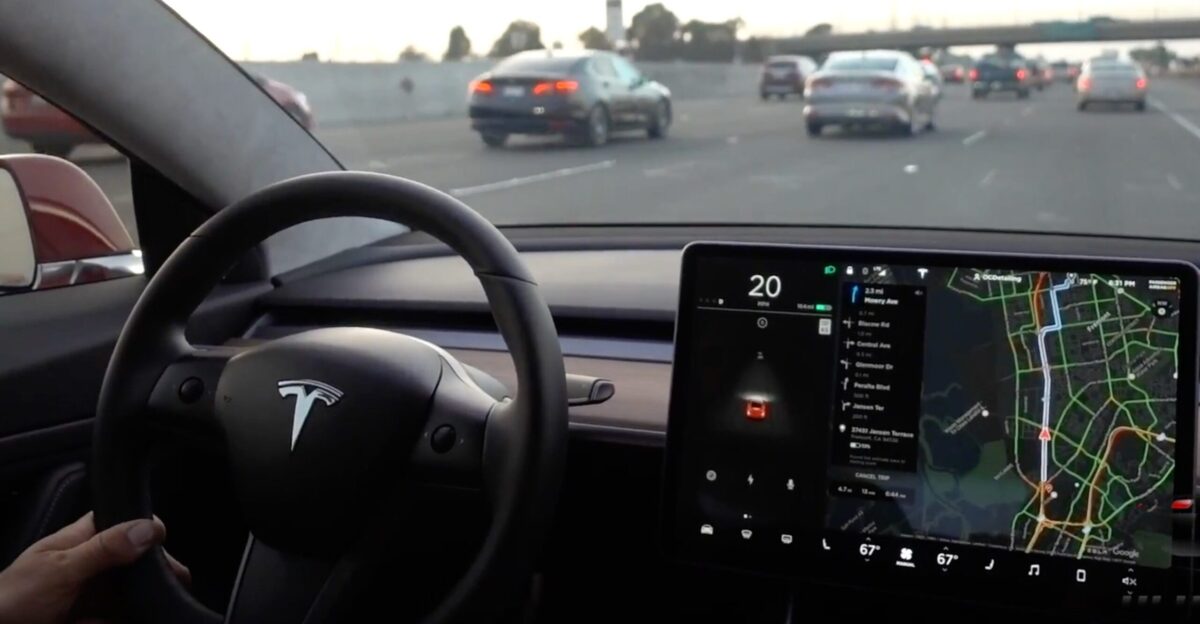
Starting in 2026, Europe’s top car safety group will give cars full safety points only if they have real buttons for essential things like blinkers, hazard lights, wipers, the horn, and emergency calls.
A Euro NCAP leader, Matthew Avery, said that too many touchscreens are a big problem in the industry and need rules to fix.
Studies in Europe also found that using touchscreens makes drivers take their eyes off the road for about 16 seconds when entering navigation directions, which is risky.
Industry Design Reversals

Volkswagen’s head car designer, Andreas Mindt, said making cars with only touchscreens was a mistake. He announced that from now on, Volkswagen will bring back physical buttons in all new vehicles.
Other car companies, like Hyundai, also believe that critical car controls should be real buttons, not just on a screen.
6. Underglow Lighting Modifications
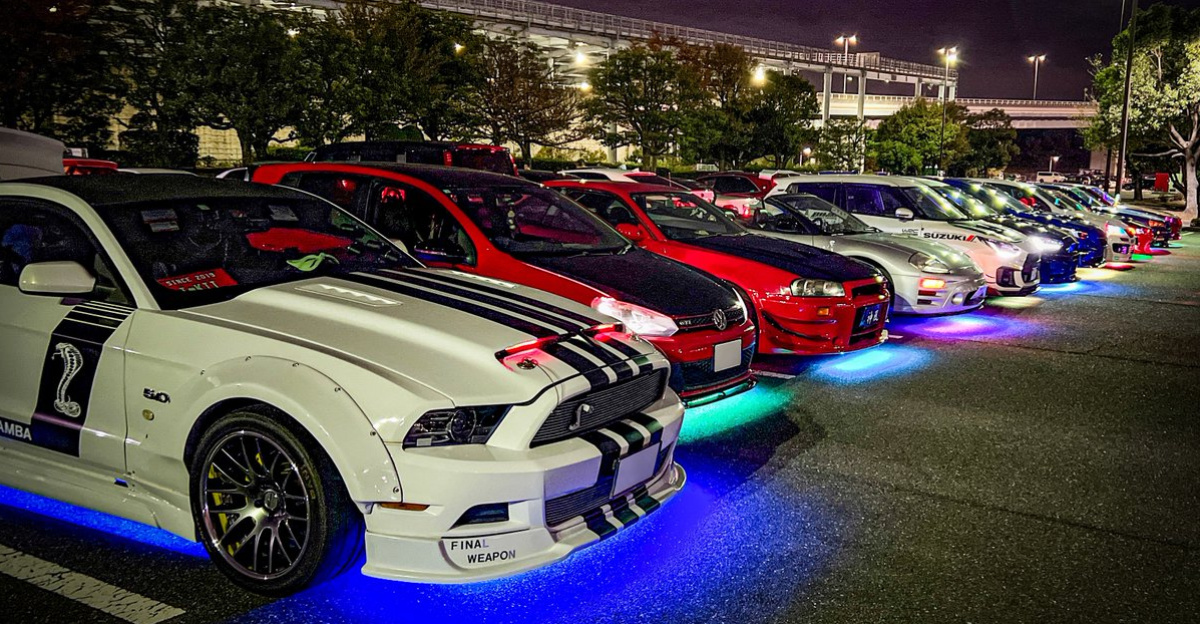
Nine U.S. states have clear rules making underglow lights illegal on public roads, and the strictness of the enforcement can vary from state to state.
For example, Connecticut says any extra lights must be federally approved, but since no underglow lights have this approval, they’re basically all banned there.
In Illinois, if you get caught with underglow lights, you’ll be fined $50 plus another $42 in extra fees.
In Virginia, having underglow lights is treated as a car equipment violation, and you’ll be fined according to that state’s penalty system.
Federal Certification Barriers
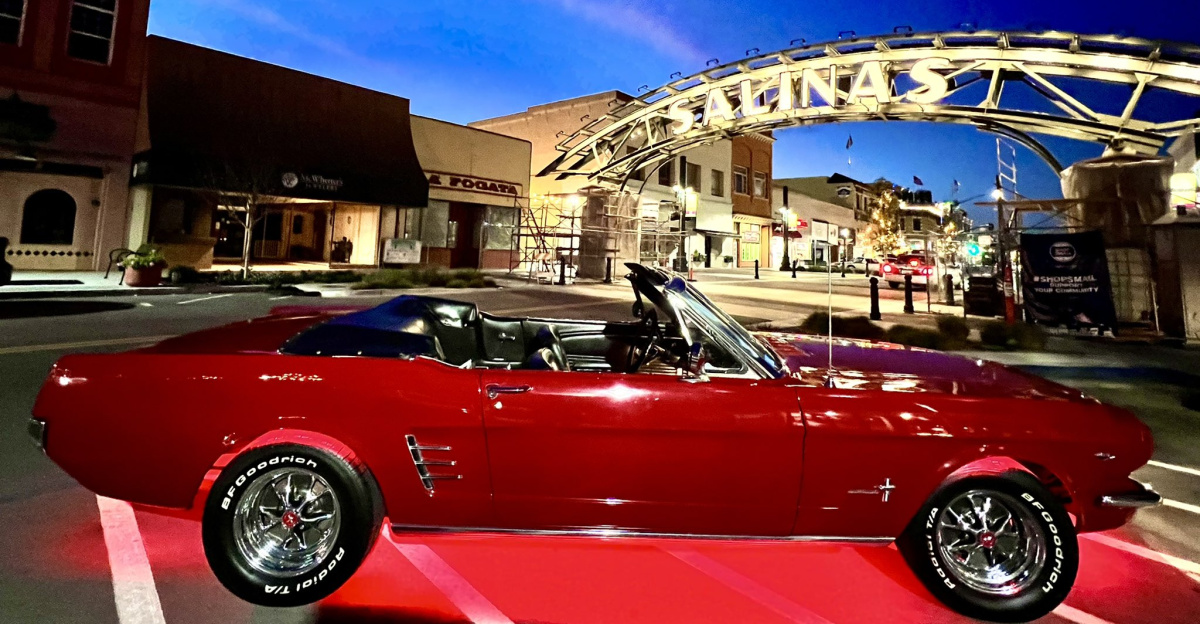
There are no underglow lighting kits that the federal government has approved.
Because most states follow federal car equipment rules, it is almost impossible to legally add underglow lights to your car, even in states without a specific ban.
Since getting federal approval is complicated and expensive, these lights are banned almost everywhere in the U.S. without a nationwide law.
Economic and Implementation Realities

Because of all these new car rules, it is becoming much more expensive for car companies to make and sell vehicles. These changes could make new cars cost between $2,000 and $12,000 more, depending on how much new technology needs to be added.
In Canada, prices for popular SUVs and crossovers could increase by 12-15% by 2026, and full-size trucks might be 18-22% more expensive by 2030.
Car makers must cover costs like anti-drunk driving systems, privacy laws, bringing back real buttons, and fixing lighting rules.
Looking Ahead: Regulatory Fragmentation

Different countries have made their own rules about car features, but these rules often make the same kinds of things illegal or restricted.
Because the rules aren’t the same everywhere, car companies must make special versions of cars for each region instead of using one global design.
This makes cars more expensive and gives buyers fewer choices since automakers have to follow many more government rules than before.